A major income tax cut that would reduce state revenues by an estimated $267 million a year by 2028 cleared the Montana Legislature on Tuesday, passing a final vote in the Senate to head toward the desk of Republican Gov. Greg Gianforte.
House Bill 337, sponsored by Speaker of the House Brandon Ler, R-Savage, scales back the state’s top-bracket tax rate over the next two years while extending a lower-bracket rate to higher incomes. It passed on near-party line votes, with support from all Republicans and opposition from nearly all Democrats.
Advocating for the bill during a hearing before the Senate Taxation Committee on April 9, Ler argued the legislation would produce an income tax cut across the income spectrum.
“That means giving the populace more money and not having more money up here in state government,” Ler said.
Opponents had worried that continuing to scale back income taxes, the state’s primary revenue source, will eventually make it harder to cover the cost of public services. They also argued the lion’s share of the savings will go to high-income earners.
“It doesn’t target the Montanans who actually need it, who are the lower- and middle- income Montanans,” Senate Minority Leader Pat Flowers, D-Belgrade, argued as the bill was debated on the Senate floor April 18.
According to the Montana Budget and Policy Center, a Helena think tank that typically advocates for progressive tax policy and opposed HB 337, about two-thirds of the bill’s savings will go to the wealthiest 20% of taxpayers.
Higher-income taxpayers also pay a greater share of state taxes under current law. According to figures from the Montana Department of Revenue, the highest earning 20% of individual taxpayers reported 64% of the state’s taxable income and paid 70% of state income taxes collected in 2023.
Gianforte has made repeated pushes to reduce the state’s top-bracket income tax rate a centerpiece of his policy agenda since he took office in 2021 and has signed multiple rounds of Republican-backed income tax cuts that have reduced that rate from 6.9% to the current 5.9%. He routinely argues that lower income taxes will bolster Montana’s economy by making it a more competitive destination for entrepreneurs.
The Ler bill implements a slightly smaller cut than the one initially included in Gianforte’s pre-session budget proposal, which would have implemented a phased cut to the top-bracket tax rate, ultimately reducing it 4.9%. A fiscal analysis concluded that proposal would have reduced state revenues by about $304 million a year by 2028.
Instead, Ler’s proposal would drop the top-bracket rate to 5.65% in 2026 and then 5.4% in 2027, also phasing in the cut. Unlike the Gianforte proposal, it would also apply a current lower-bracket 4.7% rate to higher incomes, raising the threshold where that lower marginal rate is replaced with the top-bracket one from $21,000 to $47,500 for individual taxpayers. That threshold is doubled for married couples who file joint tax returns.
For an individual filer earning $50,000 a year and claiming a $15,000 standard deduction — therefore with $35,000 in taxable income — the Ler bill would result in $167 in annual savings once fully implemented, according to MTFP calculations. For an individual filer earning $200,000 a year and taking that same standard deduction, the annual savings would be $1,004.
The Gianforte proposal, in comparison, would have saved that $50,000 taxpayer slightly less, $139 a year and that $200,000 taxpayer substantially more, $1,639 a year.
The Ler bill also includes a portion of the governor’s proposal that would expand a state Earned Income Tax Credit available to lower-income working families starting next year, doubling it from 10% to 20% of an analogous credit available in the federal tax system. That increase would represent a relatively small share of the bill’s overall price tag, about $38 million a year.
Other major income tax bills proposed this session have stalled.
Senate Bill 323, brought by Sen. Josh Kassmier, R-Fort Benton, to implement the governor’s proposal, stalled in its initial Senate committee earlier this month. Another major income tax cut bill, Billings Republican Sen. Mike Yakawich’sSenate Bill 203, passed the Senate but was tabled by the House Taxation Committee on April 16.
Income taxes are the major source of funding for Montana’s state government. Montana property tax collections, in comparison, almost exclusively flow to fund local services.
___
This story was originally published by Montana Free Press and distributed through a partnership with The Associated Press.
Read the full article here


